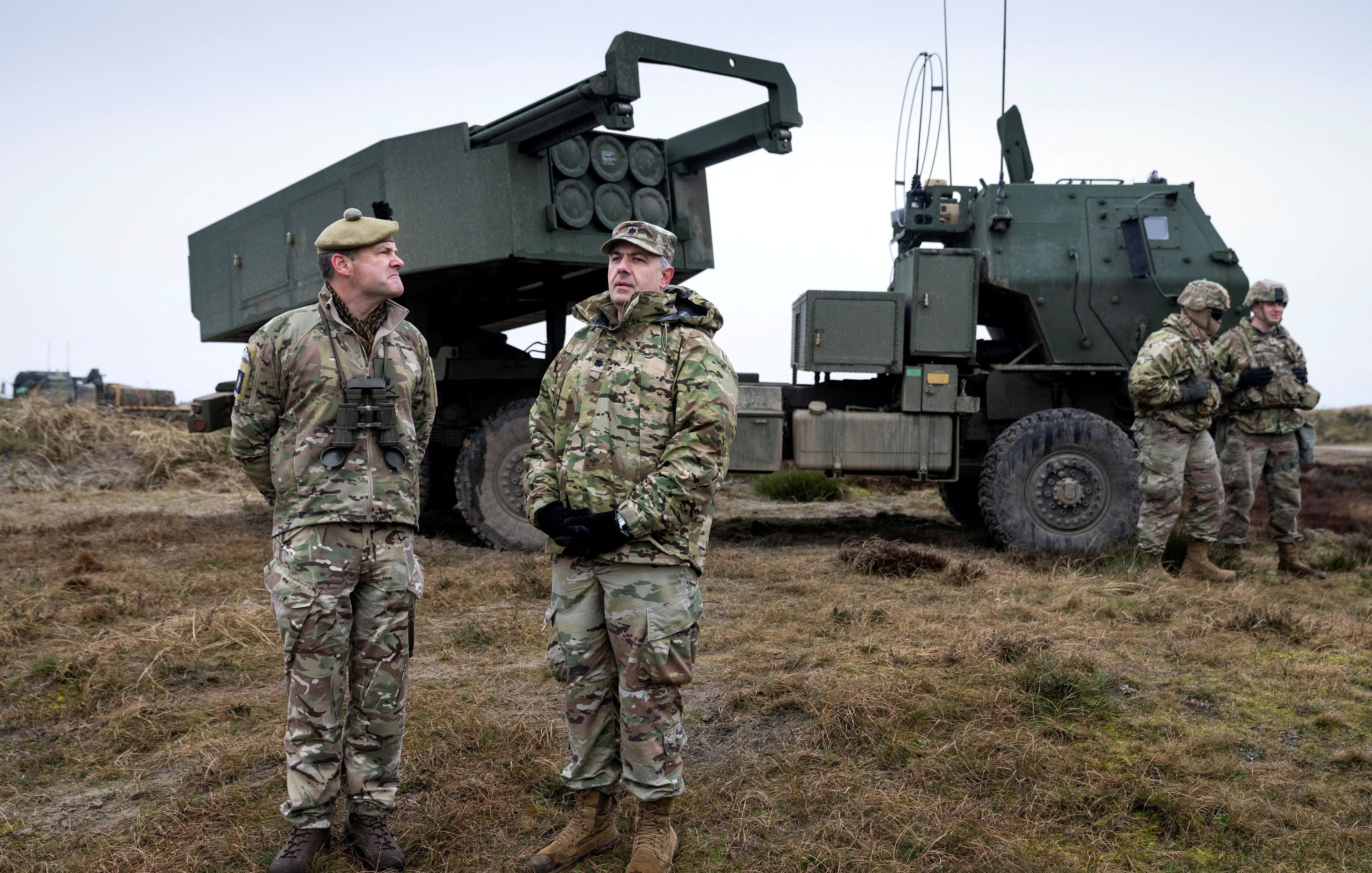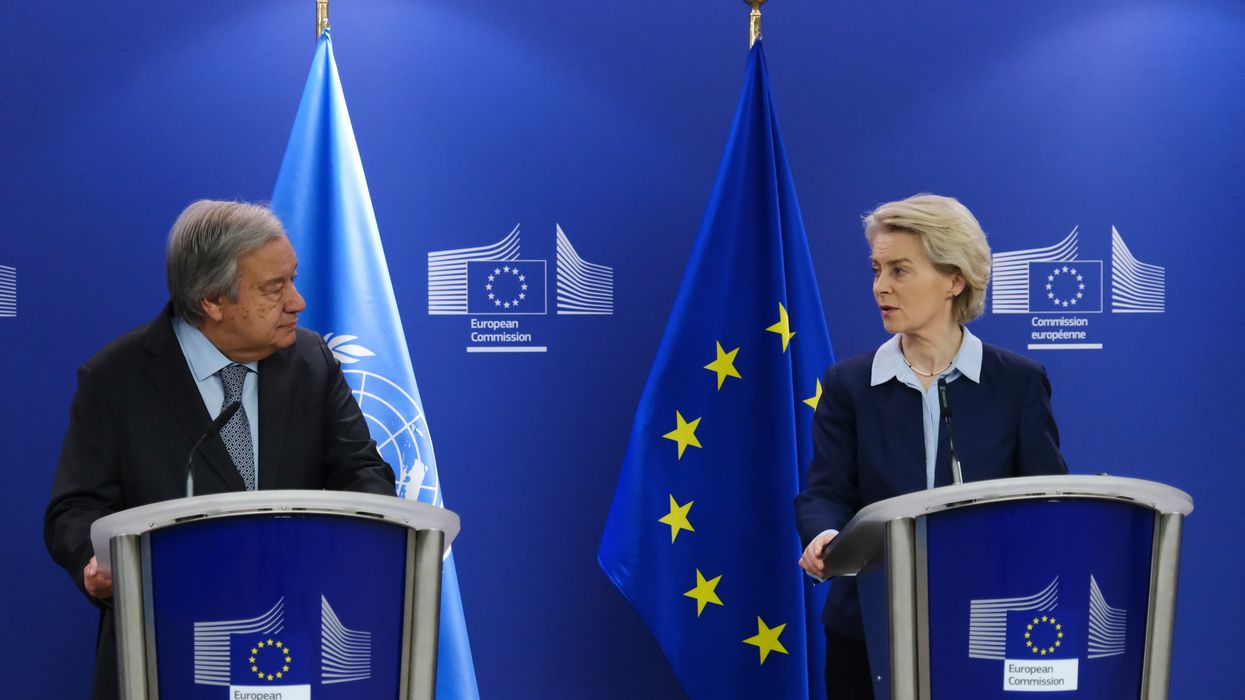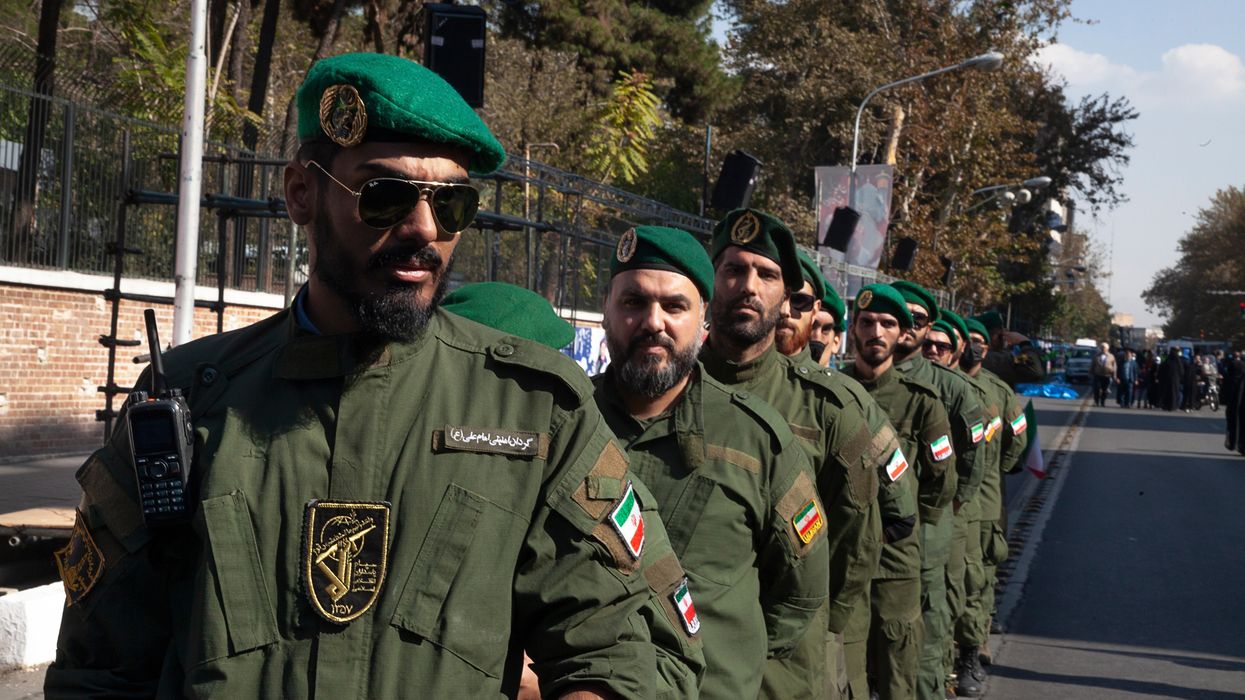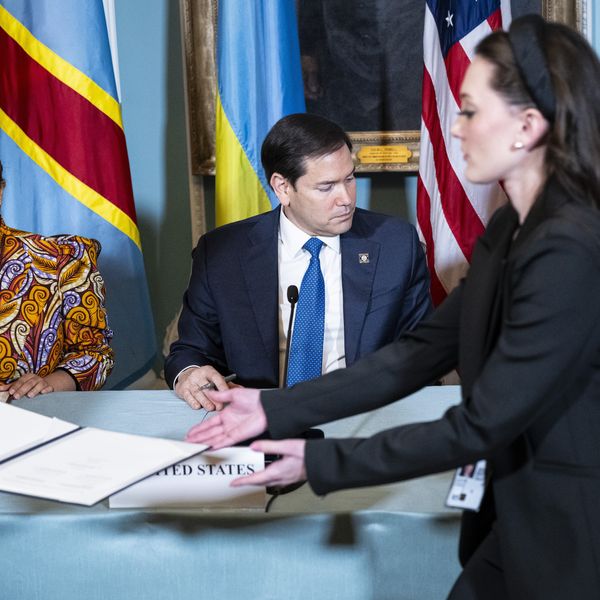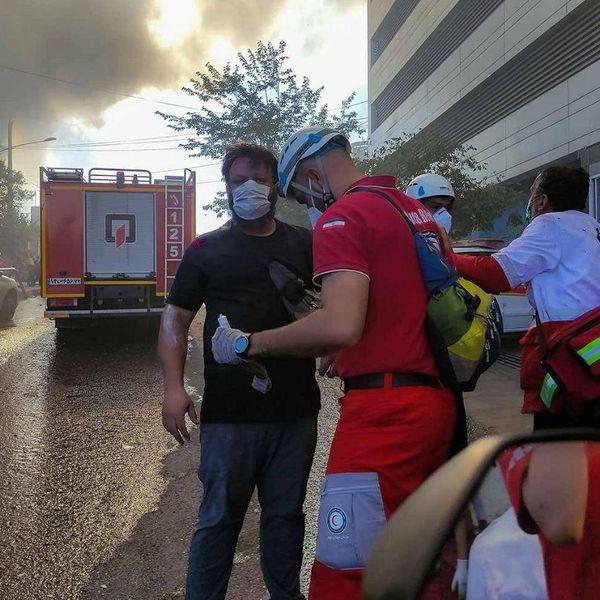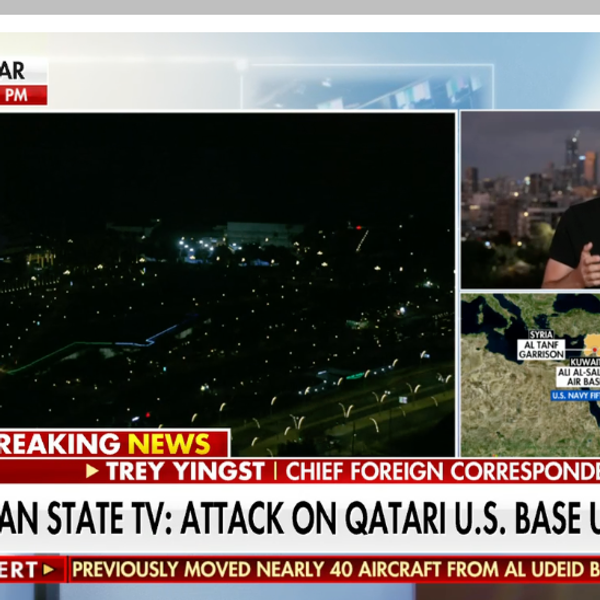The stark failure of Ukraine’s 2023 counteroffensive, which Kyiv billed as the one-two punch that can knock Russia out of the war, has led proponents of maximalist war aims in Ukraine to revise their timetable for victory.
The Armed Forces of Ukraine (AFU), according to this emerging consensus, can fend off ongoing Russian attacks and replenish their capacity for renewed offensives in 2025 with sustained Western support. Key to these plans is a two-fold assessment of both sides’ strike capabilities.
This view argues that Ukraine, if supplied with enough “game-changing” medium and long-range missiles, can successfully degrade Russian logistics and command and control (C2) nodes and make large swathes of occupied territories — including Crimea — untenable for Russian forces. Such perspectives are complemented and often accompanied by the parallel observation that Russian forces are running critically low on key munitions and thus lack the ability to apply sustained long-term pressure on Ukrainian infrastructure.
Both approaches, which invite Western policymakers to double down on Ukraine’s maximalist war aims in hopes that something approximating a total victory can yet be secured with enough funding and persistence, are deeply flawed and risk putting Kyiv and its Western partners in an even more precarious military position over the coming year.
The AFU received around 20 ground-launched ballistic M39 Block I Army Tactical Missile System, or ATACMS, missiles from the United States in late 2023. These older variant missiles, which boast a range of 170 kilometers, were reportedly used by the AFU to strike Russian-controlled airfields in southern and eastern Ukraine.
In a November 2023 letter, a group of lawmakers called on the Biden administration to transfer more ATACMS, including advanced longer-range variants, to Ukraine with the aim of sustaining the AFU’s “requirement for deep-strike capability.” Former U.S. General Ben Hodges argued that the provision of ATACMS and other Western missiles, including German Taurus cruise missiles, would isolate Russian-occupied Crimea and make it untenable for Russian forces. “ATACMS with 300km range will make Crimea untenable as soon they arrive in Theater. No place for Russian Navy, Air Force, Logistics to hide in Crimea,” Hodges wrote. “On ATACMS for Ukraine, don’t settle for a job half done.”
As with other plans formulated around Ukraine’s use of game-changing “wunderwaffen,” the thinking on massed ATACMS strikes all too often presumes a static Russian adversary incapable of adapting to these weapons over time.
Consider the 2022 introduction of U.S.-supplied HIMARS missiles to the battlefield, which enabled a spate of successful AFU strikes on high-value Russian assets in Ukraine. The AFU’s HIMARS honeymoon phase gradually came to an end as the Russians learned to disperse their munitions depots more effectively, jam Western precision missiles, and employ more sophisticated air defense practices.
Russian command has a grasp of which Western arms have yet to be supplied to Ukraine and, at this stage in the war, has had months if not years to simulate their effects and preemptively draw up countermeasures against them, diluting the element of technological surprise that gave HIMARS missiles a brief but real window of operational success in 2022. It is all but certain that the Russian military will continue honing their force dispersion methods and developing additional countermeasures to mitigate the future battlefield impacts of Western medium and long-range missiles.
Russia could likewise respond to expanded Western missile deliveries with a wide array of asymmetric measures facilitating a dangerous escalation in the war’s intensity. Moscow, which has so far opted to attrit Ukraine and its Western backers at a deliberate pace, can leverage its considerable and growing escalation control by bringing more of its strike capabilities to bear on Ukrainian infrastructure and stepping up offensive operations across the line of contact in the country’s east and south.
Western-provided missiles can be used to impose operational costs on Russian forces with strikes on high-value targets and infrastructure, but these attacks carry limited long-run strategic value. There is no indication that they can be conducted on a large enough scale so as to decisively defeat Russian forces in Ukraine, nor — as noted by the Quincy Institute’s Anatol Lieven — can they make the Russian presence in Crimea untenable if they are not accompanied by successful large-scale ground offensives to drive the Russians out of southeastern Ukraine.
There is nothing to suggest, especially in light of the costly failure of the 2023 counteroffensive, that the AFU will develop the offensive potential necessary for such advances in the foreseeable future. Ukrainian strikes with Western-supplied missiles have driven parts of the Russian Navy out of Crimea, further stymying Moscow’s long-abandoned plans for amphibious landings in Odessa and Mykolaiv. But the loss and relocation of these ships, though unquestionably a material setback for Russia, is not and has never been a critical factor in the ability of Russian ground forces to sustain their occupation of southern Ukraine.
No less wrongheaded is the accompanying notion that Russia faces critical missile shortages of its own. Russian forces, predicted Ukraine’s military intelligence chief Kyrylo Budanov in an interview on December 31, 2022, have enough missiles left for two large-scale attacks. Top Estonian intelligence official Margo Grosberg said in January 2023 that Russia has the precision-guided munitions to continue attacking Ukraine for “the next three to four months, or until spring, and from a more pessimistic point of view, six to nine months.” These and similar assessments by Ukrainian and Western officials, despite being continuously contradicted by events on the ground over the past two years, have lingered even in the recent discourse on Ukraine.
Though it is impossible to accurately estimate Russia’s stockpiles of various precision munitions at any given moment, there are clear indications that the Kremlin has mitigated Western export controls and successfully consolidated its defense-industrial base to at least sustain, if not continue to grow, Russian long-range strike capabilities in the short to medium term. Russia’s steady output of precision munitions offers a stark contrast against the ongoing degradation of Ukraine’s air defenses in the face of relentless Russian strikes over the winter, further undermining the fraught notion that time is on Ukraine’s side.
Neither of these two ideas — namely, that Ukraine can win if flooded with Western heavy weaponry and that Russia is on the verge of depleting its stocks — is new. Indeed, both concepts are part of the initial thinking that led some Western policymakers and observers to conclude over the course of 2022 that the AFU can vanquish Russia on the battlefield.
But, after two years of brutal fighting in which Russia has gradually gained the upper hand, and the stakes are higher than ever and the costs of continued miscalculation, potentially catastrophic. It is long overdue for Kyiv’s backers on both sides of the Atlantic to repair to a realistic theory of victory that accounts for, rather than obfuscates, the dire conditions faced by Ukraine and offers a sustainable framework for war termination on the best possible terms for Kyiv and the West.
- Ukraine aid benefits arms industry, not US economy ›
- Iraq, Afghanistan provide lessons on US weapons flows ›
- Surprise: US military failed to properly track weapons to Ukraine ›
- Ukraine War rips veil off of US weapons superiority | Responsible Statecraft ›
- Diplomacy Watch: US and Ukraine to strike new security pact | Responsible Statecraft ›
- Not enough long range missiles to make a difference for Ukraine | Responsible Statecraft ›
- Bombs and blurred lines in a big battleground state | Responsible Statecraft ›
